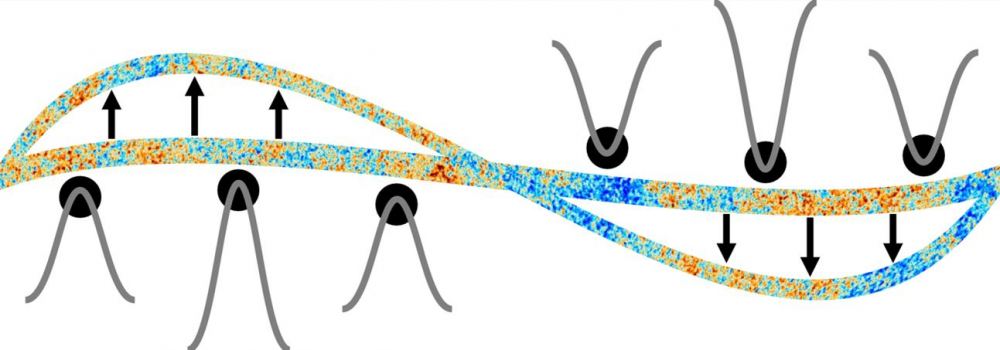When the Arecibo Observatory dish in Puerto Rico collapsed in 2020, astronomers lost a powerful radio telescope and a unique radar instrument to map the surfaces of asteroids and other planetary bodies. Fortunately, a new, next-generation radar system called ngRADAR is under development, to eventually be installed at the 100-meter (328 ft.) Green Bank Telescope (GBT) in West Virginia. It will be able to track and map asteroids, with the ability to observe 85% of the celestial sphere. It will also be able to study comets, moons and planets in our Solar System.
“Right now, there is only one facility that can conduct high-power planetary radar, the 70-meter (230-foot) Goldstone antenna that is part of NASA’s Deep Space network,” said Patrick Taylor, the project director for ngRADAR and the radar division head for the National Radio Astronomy Observatory. “We had begun this process of developing a next generation radar system several years ago, but with the loss of Arecibo, this becomes even more important.”
Continue reading “Next-Generation Radar Will Map Threatening Asteroids”










